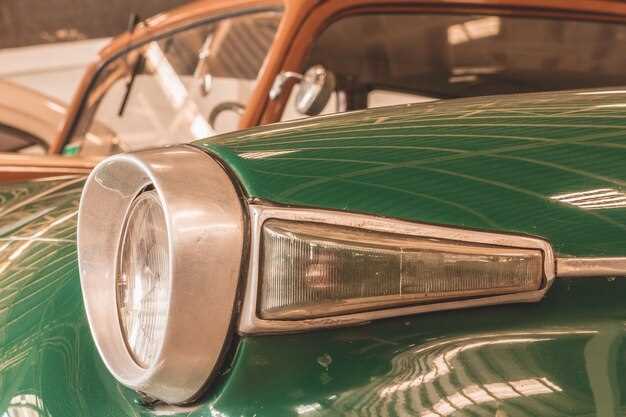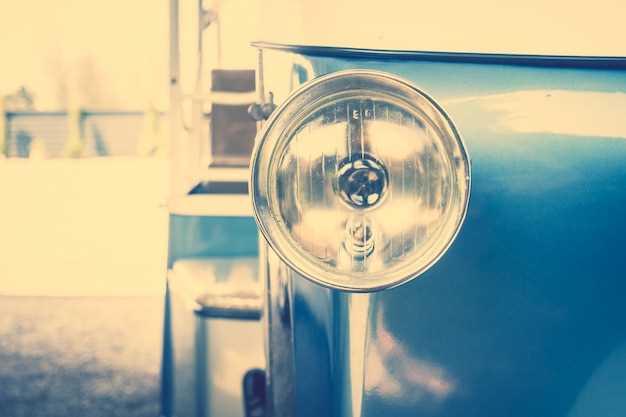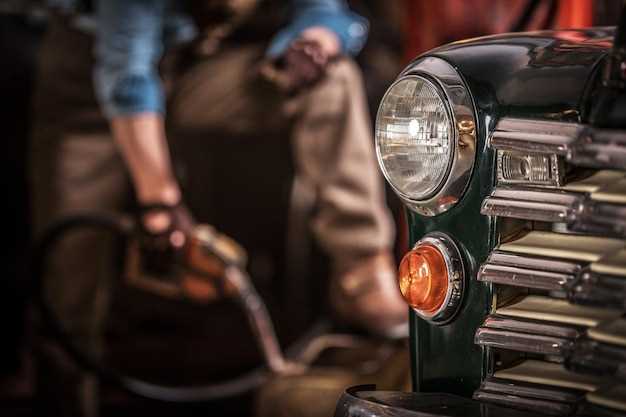Best storage solutions for classic cars

Owning a classic car is not just a passion; it is an investment that can appreciate over time if cared for properly. One of the most critical factors in maintaining the value of these vintage vehicles is how and where they are stored. Proper storage solutions are essential for protecting classic cars from environmental damage, wear, and deterioration.
One of the significant considerations when storing a classic car is climate control. Exposure to extreme temperatures and humidity can lead to rust, mold, and other damaging conditions. Investing in climate-controlled storage spaces ensures that the environment remains stable, reducing the risk of moisture accumulation and temperature fluctuations that can harm both the exterior and interior of the vehicle.
Additionally, other factors such as ventilation, pest control, and accessibility play a vital role in preserving the integrity of classic cars. In this article, we will explore various storage solutions tailored to classic car owners, highlighting the importance of each element in maintaining both performance and value over time.
Climate Control Systems for Optimal Vehicle Preservation

Maintaining the value of classic cars relies heavily on proper storage solutions, and one of the most critical aspects is the integration of climate control systems. These systems play a vital role in stabilizing environmental conditions within the storage area, ensuring that temperature and humidity levels remain within optimal ranges to prevent deterioration.
Classic vehicles are particularly vulnerable to changes in climate. Extreme temperatures can lead to issues such as warping, cracking of rubber components, and fading of interior fabrics. A climate control system helps regulate these factors, implementing precise control measures that keep the stored cars safe from such risks. For instance, maintaining a steady temperature between 65°F and 75°F helps protect sensitive engine components and finishes.
In addition to temperature regulation, humidity control is equally important. Classic cars are susceptible to rust and corrosion, especially if moisture levels exceed 50%. A climate control system equipped with dehumidifiers can significantly reduce the risk of these damaging effects, ensuring a dry environment that preserves metal and interior materials.
Furthermore, implementing air filtration systems as part of the climate control can reduce dust and pollutants that may harm the vehicle’s surfaces. Clean air circulation also prevents the buildup of mold and mildew, which can be particularly destructive in enclosed environments.
Investing in a well-designed climate control solution is essential for any classic car owner looking to preserve their investment. By ensuring stable conditions within their storage space, owners can effectively safeguard their vehicles from the elements and maintain their value for years to come.
Secure Storage Options to Minimize Risks and Damage

Choosing the right storage solution is crucial for preserving the value of classic cars. One of the primary considerations is climate control, which ensures that temperature and humidity levels are maintained to prevent deterioration. Ideal storage facilities should have temperature settings between 60-75°F and humidity levels kept around 40-50%. This controlled environment helps to avoid rust formation, mold growth, and other moisture-related issues.
For optimal protection, consider utilizing indoor storage options such as climate-controlled garages or storage units. These solutions not only shield vehicles from harsh weather conditions but also reduce the risk of exposure to pests or harmful pollutants. Facilities equipped with effective security systems, such as surveillance cameras and alarm systems, further enhance safety and minimize the chance of theft or vandalism.
Additionally, specialty car storage institutions often offer tailored services, including maintenance and monitoring to ensure that the vehicle remains in pristine condition over time. These storage options may come with features like tire cradles, battery maintenance, and covered parking to maximize your car’s longevity and investment value.
Choosing secure storage options with a focus on climate control is essential for any classic car owner dedicated to minimizing risks and damage. By proactively selecting the right environment, you can ensure your prized vehicle remains a valuable asset for years to come.
Maintenance Tips for Long-Term Classic Car Storage
Proper maintenance of your classic vehicle during long-term storage is essential for preserving its value and ensuring it remains in optimal condition. Here are some key tips to control the environment and care for your prized possession.
1. Clean and Detail
Before storage, thoroughly wash and wax your vehicle. This removes dirt and grime that can lead to corrosion and paint damage. Use high-quality wax to create a protective layer against dust and moisture.
2. Fluid Management
Change the oil and filter to prevent contaminants from sitting in the engine. Top off all fluids, including coolant, brake fluid, and fuel. For the fuel, consider adding a fuel stabilizer to prevent it from breaking down over time.
3. Battery Care
Disconnect the battery to prevent drainage while in storage. If possible, use a trickle charger to keep the battery charged without overcharging it. This is crucial for ensuring a reliable start when you’re ready to take your vehicle out again.
4. Tire Maintenance
Inflate the tires to the recommended pressure to prevent flat spots from forming. Consider placing the vehicle on jack stands to take weight off the tires during extended storage. This can help maintain their shape and prolong their life.
5. Control Humidity and Temperature
Store your classic car in a climate-controlled environment. Excessive humidity can lead to rust, while extreme temperatures can damage rubber and plastics. Utilize dehumidifiers if necessary to keep control over moisture levels.
6. Cover It Up
Invest in a quality car cover made of breathable fabric. This protects your vehicle from dust while allowing moisture to escape, preventing mold and mildew buildup.
7. Periodic Inspections
Regularly check on your vehicle during its storage period. Look for signs of pests, leaks, or deterioration. Start the engine occasionally and allow it to run for a while to keep the components lubricated.
By following these maintenance tips, you can ensure your classic vehicle remains in prime condition, ultimately preserving its value for years to come.




